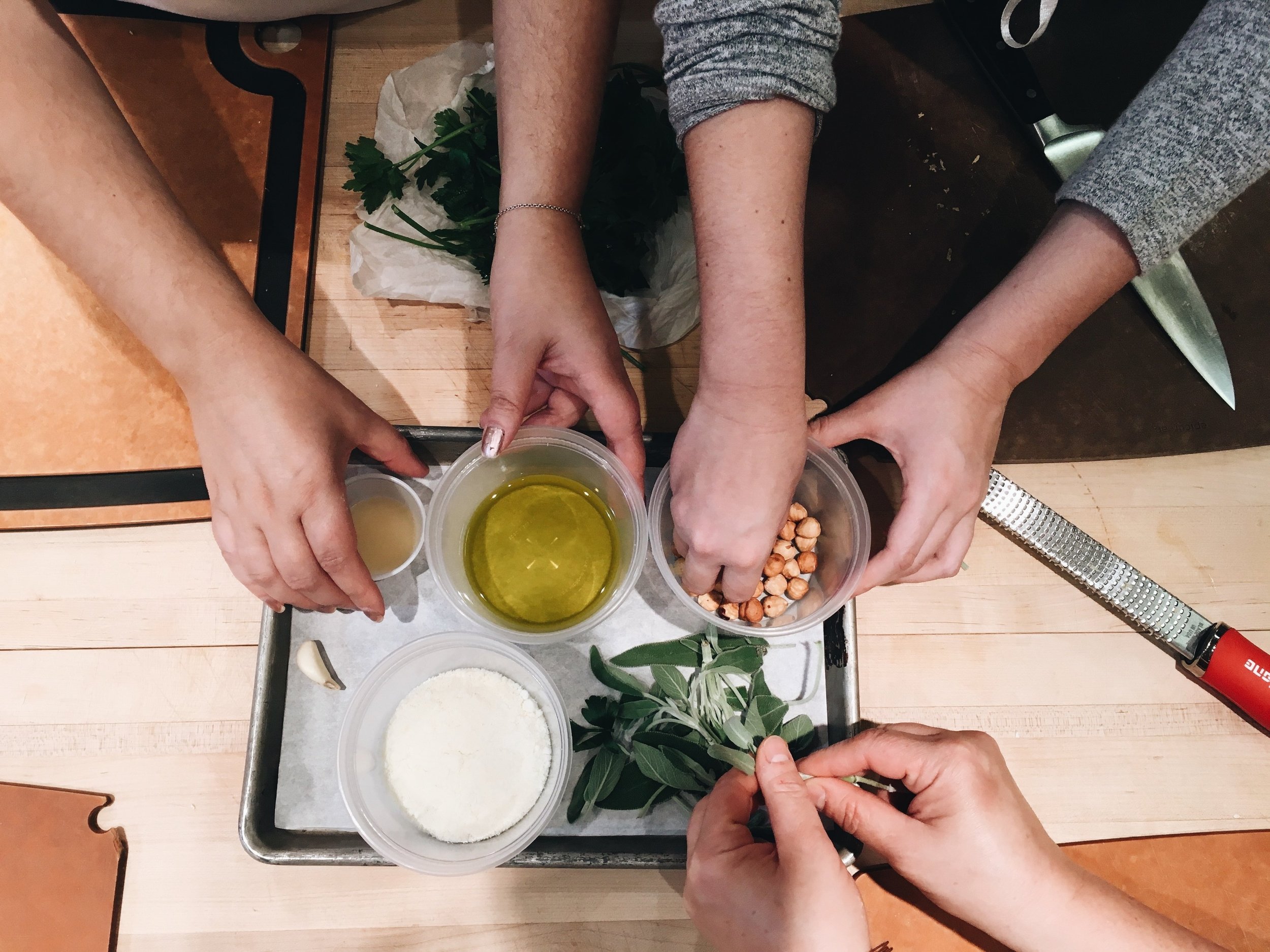Quarantine breakfast has definitely been more elaborate than usual. Pancakes and Waffles aren't just for the weekend, and I am totally OK with that!
These waffles were a result of an excess of overripe bananas, which I am sure we all have had plenty of during our time home.
They are also healthy-ish, being made with whole wheat flour, coconut oil, and nut milk. They are topped with slices of bananas, toasted coconut flakes, and walnuts for added texture and flavor!
Substitutions for the listed ingredients :
Whole wheat flour - All-purpose flour
Coconut Oil - Canola Oil
Almond milk - Any nut milk / regular milk
Walnuts - your preference of nuts or leave it out
Ingredients
Waffles
1 ½ cup whole wheat flour (or all-purpose flour)
2 tablespoons sugar
2 teaspoons baking powder
½ teaspoon salt
½ teaspoon ground cinnamon
⅓ cup coconut oil, melted
¾ cup almond milk (or your choice of nut milk)
2-3 medium sized bananas, mashed
¾ cup chopped walnuts (or your favorite nut) *optional
Toppings
Maple Syrup
Chopped nuts
Toasted coconut flakes
Slices of banana
Recipe
Preheat waffle iron according to manufacturer's instructions.
In a large bowl, whisk the flour, sugar, baking powder, salt, cinnamon together.
In a small bowl whisk the melted coconut oil, and almond milk together. Pour the wet ingredients into the dry and whisk to combine.
Add the mashed bananas and nuts, if using, and whisk until just combined.
Grease the waffle iron and pour the prepared batter into the waffle iron. Cook until crispy, and golden brown.
Serve with maple syrup, and additional toppings.
* Waffles can be frozen up to 3 months. Allow them to cool completely, then transfer them to an airtight plastic bag and place them in the freezer. To thaw, preheat a toaster oven, or a traditional oven and heat them until crispy.




























